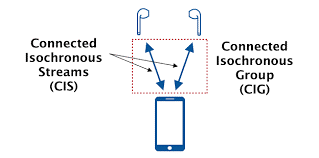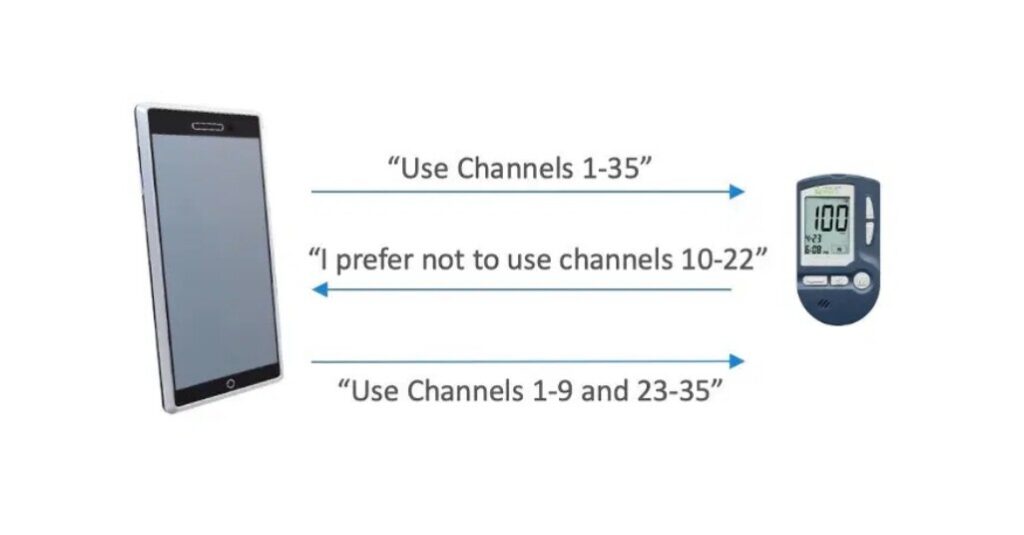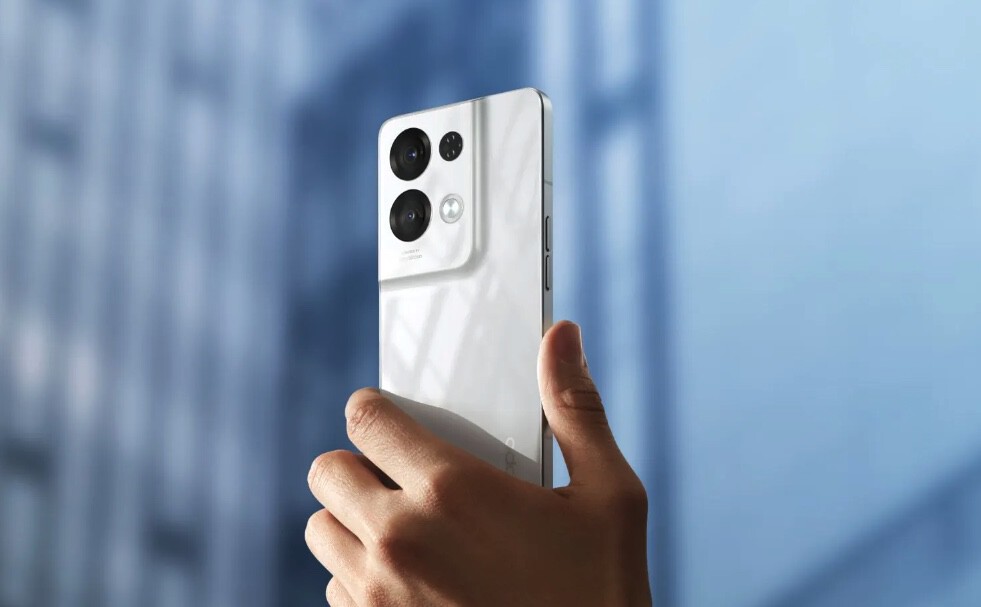One of the secrets of Bluetooth technology is that it has been able to update itself progressively. More than 20 years later, Bluetooth is still one of the most popular technologies and is very present in all kinds of devices. It was in 2016 when the last major update arrived, but since then we have seen some changes.
The latest to arrive is Bluetooth 5.3, the most recent version of this specification and which we can start to enjoy, as manufacturers are including it in the latest smartphones and headsets presented, during this second quarter of 2022.
What changes with Bluetooth 5.3

In July 2021 the latest Bluetooth specification was announced, but it has not been until now, almost a year later, that it starts to be available. Unlike other versions, Bluetooth 5.3 can be seen as an evolution rather than a revolution.
Nevertheless, Bluetooth 5.3 brings important advances in improving performance, user experience, and, above all, energy consumption. In addition, this new version also brings improvements in security by increasing control over the size of the encrypted key. With Bluetooth 5.3, the controller will be allowed to set a minimum size that the encryption key must have to connect to another device.
In other words, if the surrounding devices do not offer sufficient guarantees, our device will not connect to them and will save energy as it will only look at those that do comply with this minimum. This improvement is very focused on IoT devices such as door controls, Bluetooth lights in public areas, or portable medical devices.
Another new feature is that peripherals will now also be able to give their preferred channel list, to improve performance. Previously only the central device could perform this classification of channels, now it will also be the devices that we connect, such as headphones. This will result in reduced interference, as the Bluetooth connection will know the channel preference of both parties better.

Bluetooth 5.3 also comes with a new connection substrate. This will allow a device to upgrade or switch from a low-duty cycle mode to a higher bandwidth mode with minimal delay. Let’s take the example of a Bluetooth headset. They are usually in a low mode, but if we suddenly receive a call and higher bandwidth is needed, this transition will be made more effective.
At the performance level, a filter has been added for updates to the periodic advertising process. Under this name hides a technique that eliminates redundant data, which helps energy efficiency.
In short, Bluetooth 5.3 will allow our devices to consume less, have less interference, maintain a minimum level of security and be able to offer better quality at all times, depending on the bandwidth required.
Without being included in this specification, but arriving at the same time, the Intelligent Dual Bluetooth function is added, which allows simultaneous connections to be established, both in its normal state and in BLE. Thus, devices with this feature will be able to wirelessly connect up to two smartphones or tablets to a speaker or headset.
Already present in several devices

The first news we had of the arrival of Bluetooth 5.3 was in February, with the announcement of the new Qualcomm FastConnect 7800 chipset, which in addition to this new version of Bluetooth, also promised compatibility with the Wi-Fi 7 standard (although this is not expected until at least 2024). Other chipsets offering Bluetooth 5.3 support include the new MediaTek Dimensity 8000 and 8100.
After the chipset manufacturers, it is time for manufacturers to add them to devices. We still do not have Qualcomm cell phones that add this technology, but we have seen some models from brands such as Xiaomi and OPPO. Specifically, both the new Xiaomi Redmi Note 11 Pro and the OPPO Reno 8 Pro add support for Bluetooth 5.3.
In sound devices, we also have some examples compatible with Bluetooth 5.3. This is the case with the JBL Pulse 5 or JBL Boombox 3 speakers or the Xiaomi Redmi Buds 4 Pro.
This post may contain affiliate links, which means that I may receive a commission if you make a purchase using these links. As an Amazon Associate, I earn from qualifying purchases.

